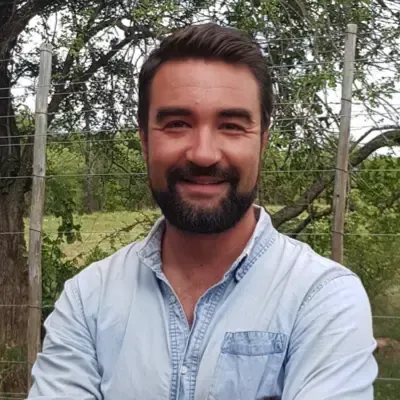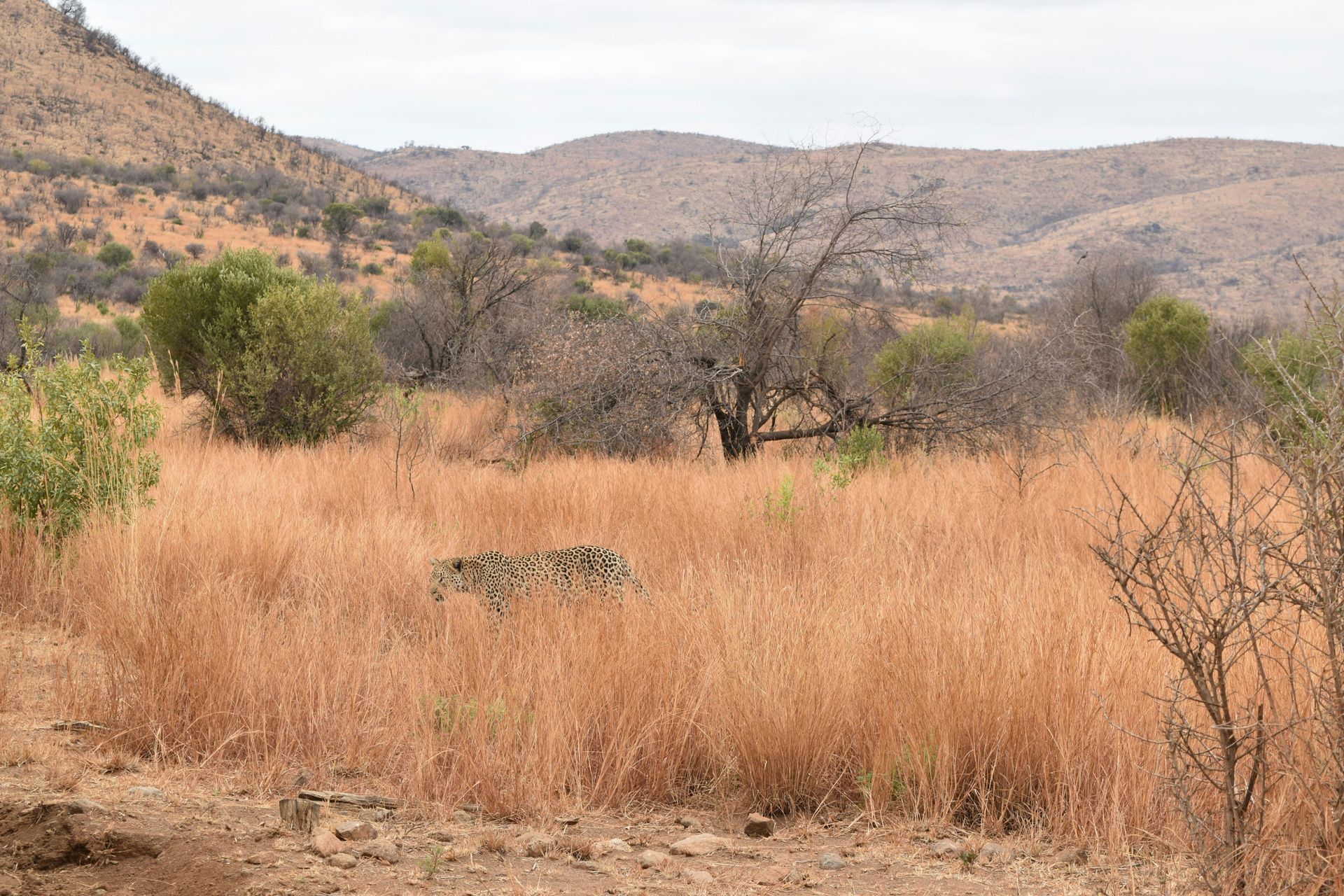Strengthening Water Governance through Citizen Science: The Enviro-Champs Digital Innovation Pilot
Advancing Community-Based Monitoring for Sustainable Water Resource Management
Conventional water governance systems are increasingly inadequate in addressing the urgent challenges of water management and the Sustainable Development Goals (SDGs). These traditional frameworks, while essential, often lack inclusivity and fail to incorporate diverse perspectives, particularly from marginalized communities in the Global South. The result is a persistent gap in representation, where the Global North and wealthier regions dominate scientific discourse, leaving disaffected and indigenous voices unheard. Bridging this gap calls for innovative, inclusive approaches that empower local communities—those most affected by environmental and social challenges—to take an active role in water governance.
Key Takeaways
- A New Approach to Water Governance: Traditional water governance systems are failing to address global challenges, especially in marginalized regions. The Enviro-Champs initiative offers a community-driven, citizen science approach to fill this gap.
- Digital Integration for Greater Impact: The integration of the ODK Collect app with Formshare for cloud-based data management has transformed the data collection and reporting framework of the Enviro-Champs initiative, enhancing its scalability and efficiency.
- Partnerships for Innovation: Collaborating with SANBI and UUW, the Enviro-Champs pilot demonstrates the power of partnerships in co-developing a digitally integrated system that empowers communities to take charge of their environmental monitoring.
- A Model for Inclusive Monitoring Programs: This pilot serves as a model for establishing community-based, digitally integrated citizen science programs in rural and previously disadvantaged areas, setting a new standard for inclusive and effective environmental governance.
Enter the Enviro-Champs initiative in Kwa-Zulu Natal (KZN), South Africa—a community-driven citizen science program founded in the late 2000s by the non-profit Duzi-uMngeni Conservation Trust (DUCT). Initially established in the Mpophomeni and Shiyabizali townships, Enviro-Champs has evolved into a vital social resource, contributing to flood risk communication and wastewater monitoring. At its core, however, is a commitment to knowledge co-creation and data collection through citizen science, enabling communities to participate actively in environmental stewardship.
The Need for Digital Integration in Citizen Science
Despite gradual progress in data capture and reporting, the Enviro-Champs initiative has faced challenges in scaling its impact due to the lack of a digitally integrated system for data management. Recognizing this gap, CGIAR’s Initiative on Digital Innovation collaborated with stakeholders to develop a solution that could enhance the efficiency, scalability, and effectiveness of this community-based monitoring program.
The collaboration began by synthesizing a recruitment and training framework for Enviro-Champs, drawing on knowledge from a community of practice that had developed around this and similar initiatives. A key outcome was the customization of the Open Data Kit (ODK) mobile data collection app, branded as ODK Collect, specifically tailored for the initiative's needs. Data collected via ODK Collect is submitted to Formshare, a cloud-hosting infrastructure provided by CGIAR, ensuring a seamless process from data capture to cloud-based storage and collation.
Piloting the Integrated Digital System: A New Approach to Citizen Science
The recent pilot of this digitally integrated system within the Mpophomeni Enviro-Champs initiative marks a significant step forward. Partnering with the South African National Biodiversity Institute (SANBI) and uMngeni-uThukela Water (UUW)—the managing authorities of the initiative—the pilot tested the efficacy of ODK Collect for citizen science data collection, coupled with Formshare for cloud-based data management.
To optimize data handling and visualization, an Excel macro-coded data cleaning process was paired with Microsoft Power BI dashboards, providing real-time, semi-automated data processing capabilities. This innovation allows for quicker and more accurate analysis, enabling stakeholders to respond promptly to emerging water management challenges. The success of this pilot not only demonstrates the value of co-developing a digitally integrated system for data collection, curation, and reporting but also provides a replicable model for other community-based citizen science programs, especially in rural and previously disadvantaged areas.
Empowering Communities Through Technology
The Enviro-Champs pilot highlights the transformative potential of combining digital innovation with citizen science. By equipping local communities with the tools and skills to actively participate in monitoring and managing water resources, the initiative fosters greater ownership and engagement. This model method of collaborative, coordinated, and technologically integrated citizen science-driven monitoring sets a new standard for inclusive environmental governance.
As we look toward a future where the impacts of climate change and water scarcity are increasingly felt at the community level, empowering those most affected to become part of the solution is not just desirable—it is essential. The Enviro-Champs initiative, supported by CGIAR’s Digital Innovation Initiative, provides a blueprint for achieving this vision, where technology meets local knowledge to drive sustainable, community-led environmental action.
For more on the Enviro-Champs initiative and its impact on sustainable water resource management, visit the CGIAR Initiative on Digital Innovation.
Cover Image:
Copyright UNICEF South Africa/2022/Ngcobo
Palesa uses the velocity plank in the water to record the speed of the flowing Mthinzima stream, on the edge of Mpophomeni township in KwaZulu-Natal.

About The Author
Johann brings two decades of expertise in technology seamlessly interwoven with a passion for conservation and development. His career reflects a drive for the confluence of these ideas through projects across the African continent.
Quicklinks






